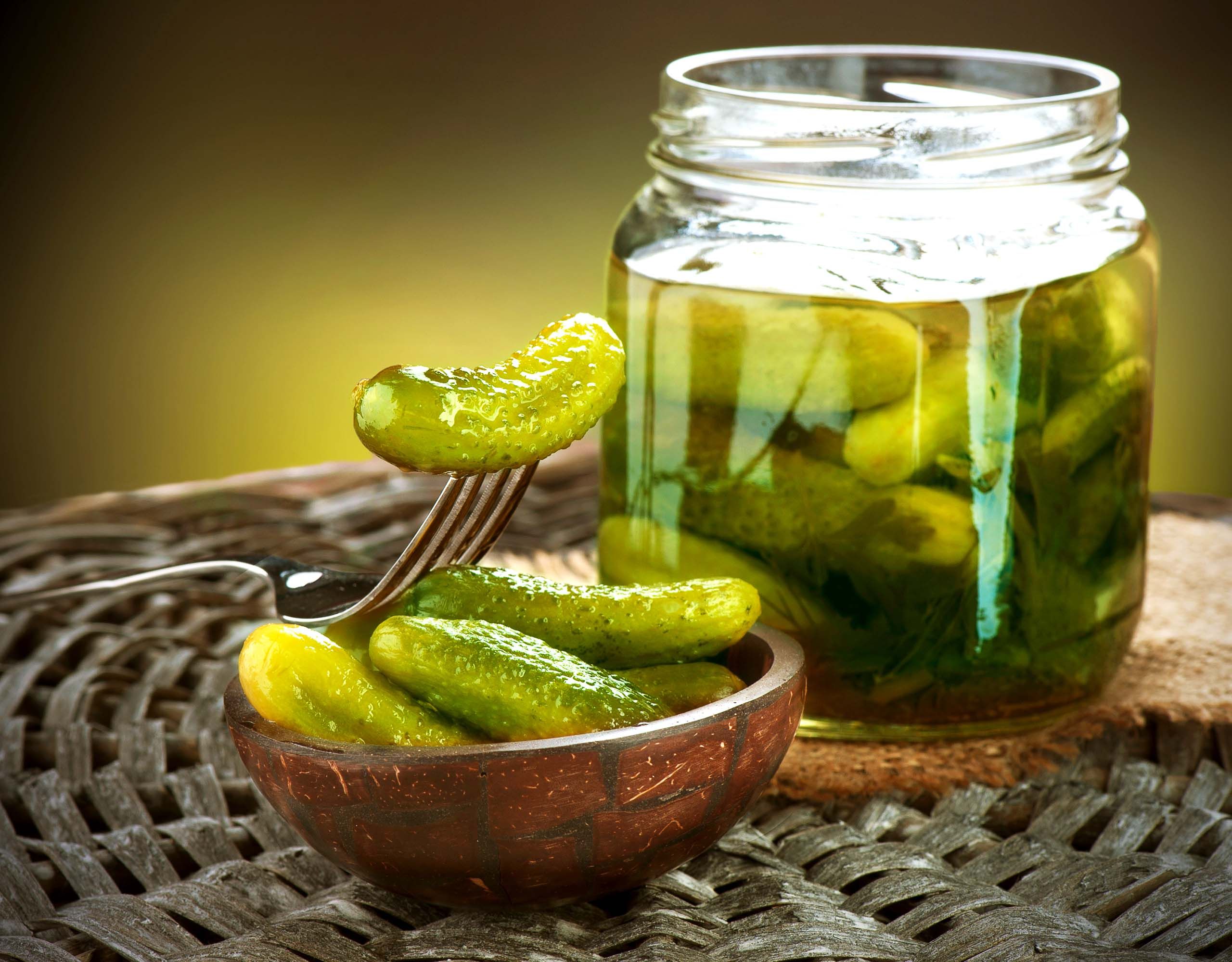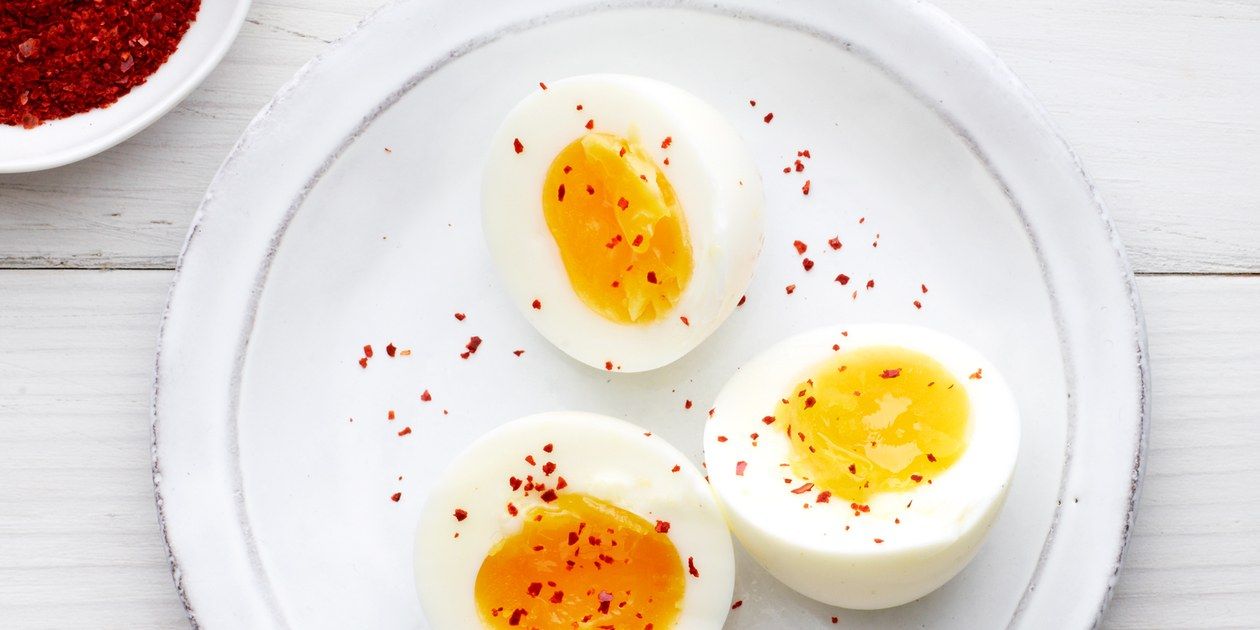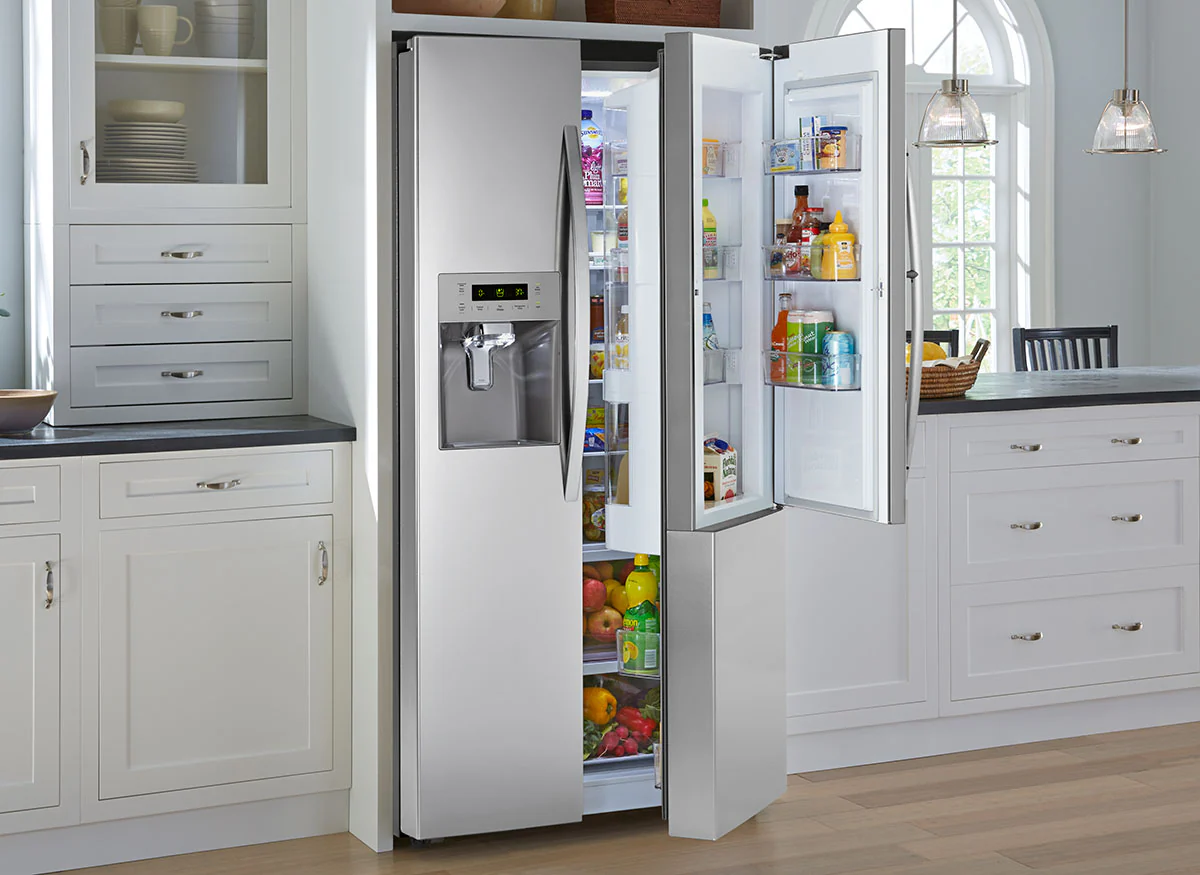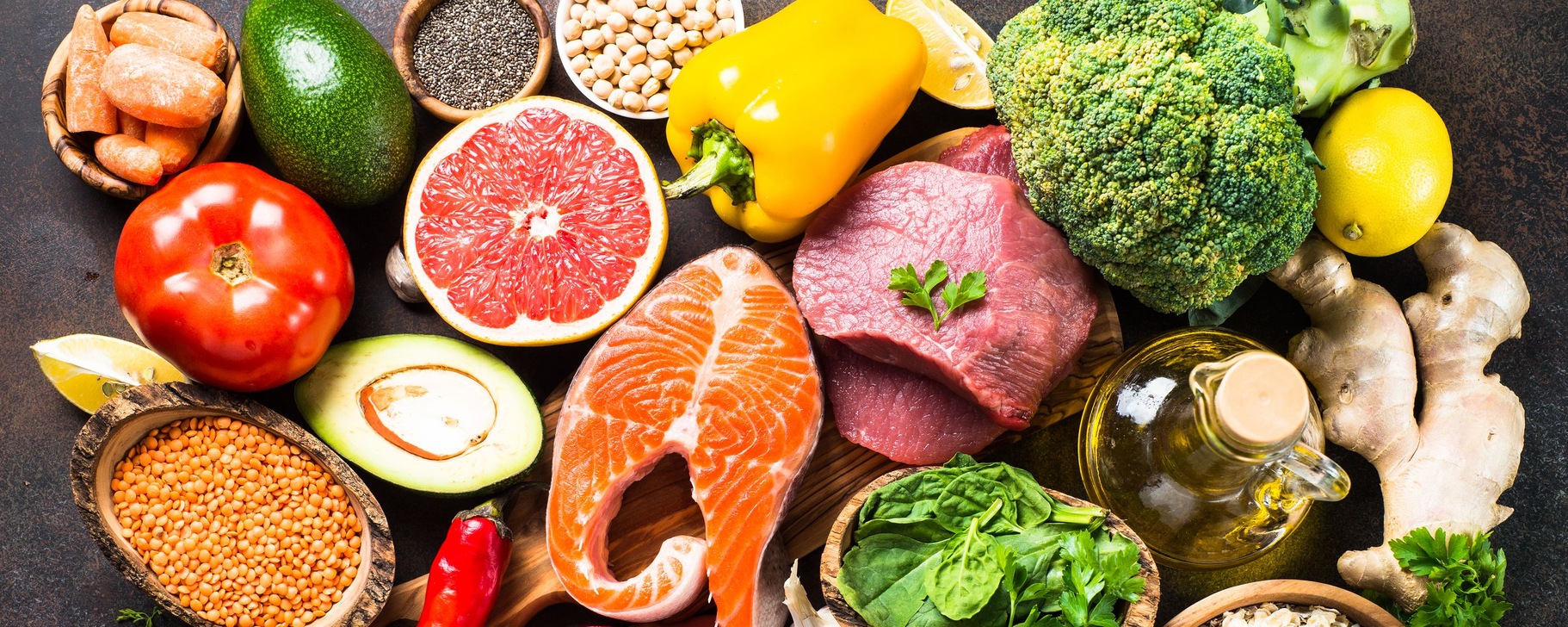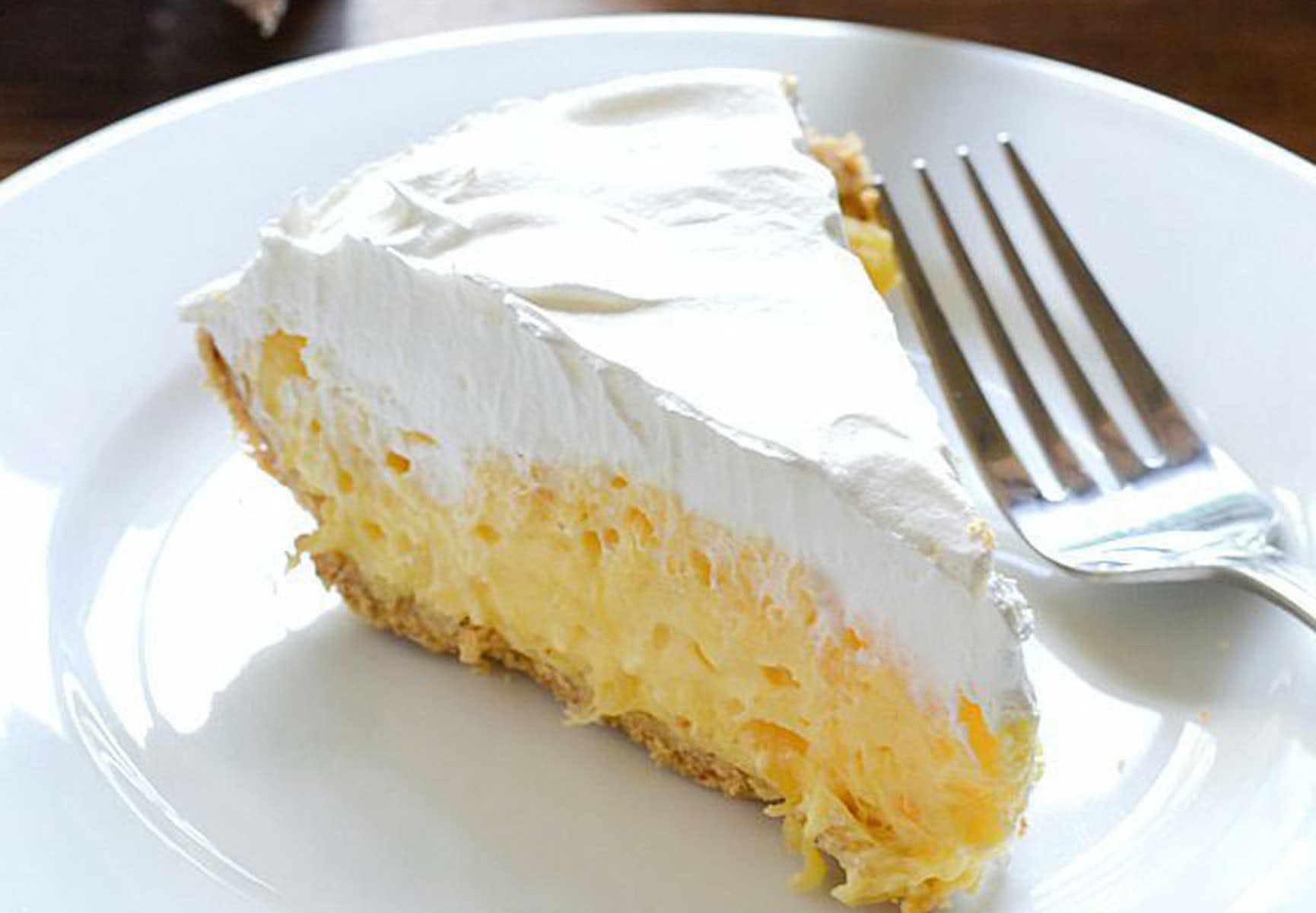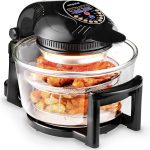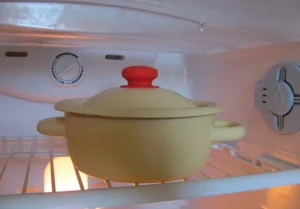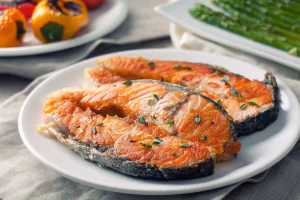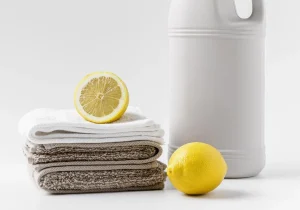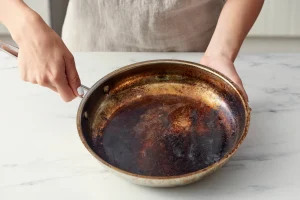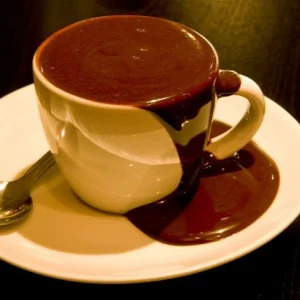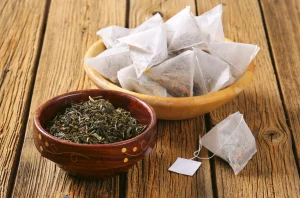The freezer is a bit like our everyday superhero. It saves leftovers, extends the shelf life of vegetables at the market, and helps us out in the evenings when we don’t have the time or energy to cook. But beware: no, you can’t freeze everything with impunity.
Some foods don’t tolerate the cold well, change texture, lose flavor… or even become completely mediocre after defrosting. Here are 5 foods that we often reflexively freeze, but that are better stored elsewhere 😉
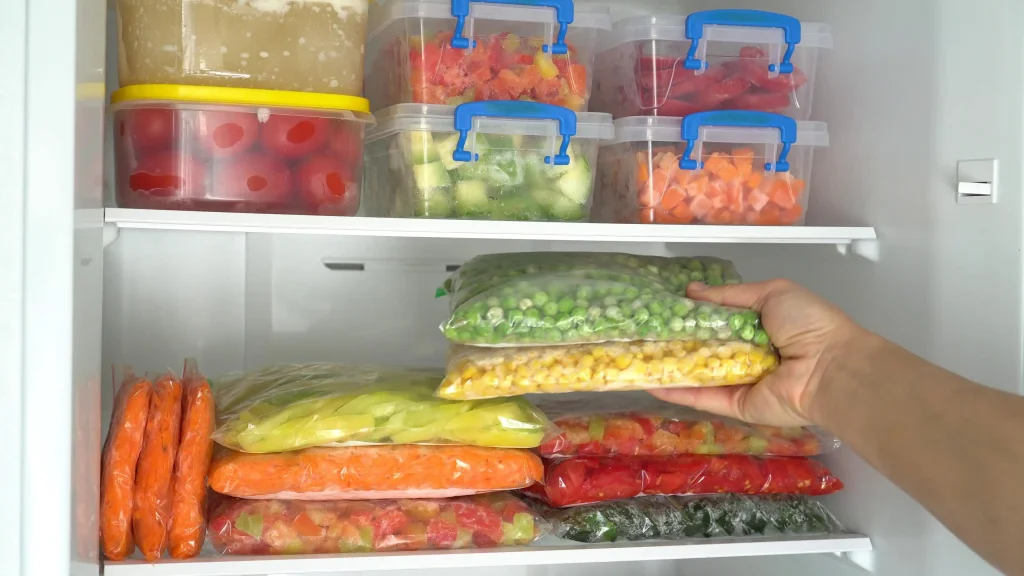
1. Raw vegetables
Salad greens, cucumbers, raw tomatoes…. Once frozen, they lose everything that makes them so charming: crispness, freshness, firmness. This is due to their high water content, which, when thawed, forms ice crystals and destroys the fibers.
Avoid: lettuce, young shoots, radishes, cucumbers, raw tomatoes.
- Tip: cook them in advance (e.g. in homemade tomato sauce) or keep them cold and eat them immediately after purchase.
2. Whole eggs… in their shells
It’s tempting to try to extend the life of eggs by freezing them. But storing a whole egg with the shell in the freezer is a really bad idea. The water inside the egg expands when it freezes and can cause the shell to break, creating a mess… and a health hazard.
Avoid: Whole raw eggs in the shell.
- The secret: Break them open, lightly beat them, and then freeze them in an airtight container. You can also separate the whites and yolks and freeze them separately.
3. soft cheeses
Camembert, brie, fresh goat cheese… after defrosting, these cheeses become pasty, grainy, sometimes watery. They lose flavor and consistency, and frankly, this is not what we want to see on a gourmet dish.
Avoid: soft or fresh cheeses (feiselle, ricotta, etc.).
- Tip: choose grated or hard cheeses (like Emmental or Conte), which are better suited to freezing, especially if they are supposed to be cooked.
4. Raw potatoes
Once frozen they become black, grainy and bitter . The starch structure cannot hold up. The result: in the pan or in the oven they fall apart and do not hold their shape at all.
Avoid: raw potatoes (whole or in pieces).
- Thesecret: before freezing them, they should be cooked first (mashed, casserole, soup, etc.). When cooked, they can withstand the cold much better.
5. Cream or milk-based sauces
Sauces such as béchamel, cheese sauce, and even some cream soups tend to separate when thawed. The fat separates from the liquid, forming clumps, and a uniform texture is lost.
Avoid: thin cream sauces, light béchamel, dessert creams.
- Tip: thicken the mixture before freezing or add cream after defrosting when reheating.
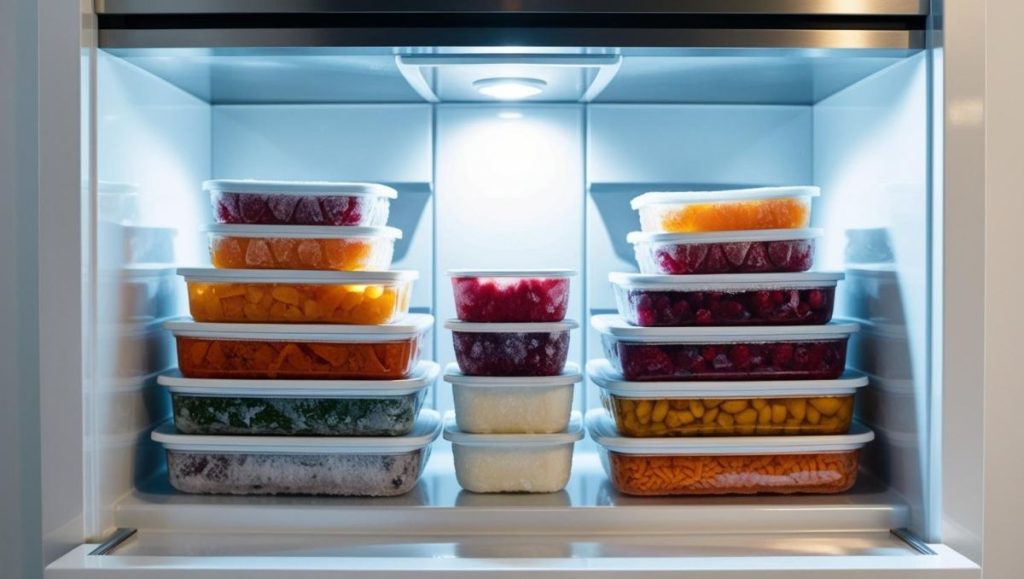
To summarize : the freezer is a yes… but not for everything!
We love our freezer, that’s for sure. But for it to remain your staunch ally in the kitchen, you still need to know that you trust it. Some common mistakes can ruin a dish, make it unpalatable or even lead to spoilage.
Before putting food in the freezer, ask yourself if it likes it cold or if it would be better to process it first (cooking, mixing, portioning, etc.).
And then, there is no need to store everything: some foods are worth eating only in the following days. That’s what smart cooking is all about every day! 🙂

